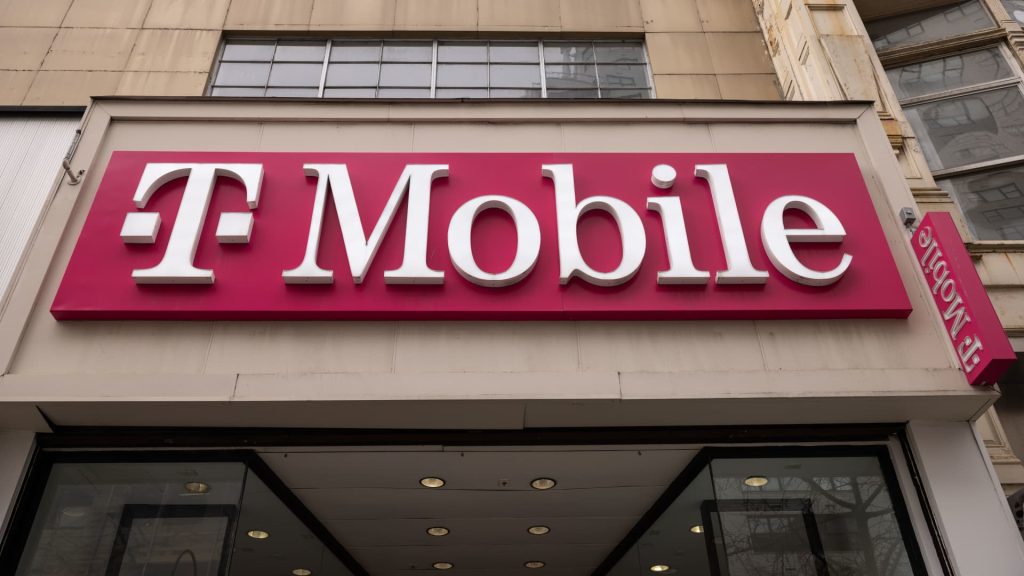
In a significant advancement for telecommunications, T-Mobile has taken a bold step by successfully testing a wireless emergency alert (WEA) sent via satellite, specifically leveraging Starlink technology. This marks a major milestone not only for T-Mobile but also for the entire wireless industry, as it pushes the boundaries of connectivity, especially in remote areas where traditional cell towers are often ineffective.
First-of-Its-Kind Satellite Emergency Alert
On September 5, 2024, T-Mobile initiated its first-ever emergency alert through Starlink satellites. The alert, a hypothetical evacuation notice, was beamed to a satellite located 217 miles above the Earth, which then relayed it back to T-Mobile smartphones on the ground. This rapid process, which took mere seconds, demonstrated the feasibility and effectiveness of satellite-based emergency communication (CSRwire) (Wirefly).
This system can potentially cover over 500,000 square miles of land in the U.S. that is currently beyond the reach of earth-based cell towers. These areas are often vulnerable to natural disasters such as wildfires and hurricanes, where timely alerts can make a life-or-death difference. The integration of satellite technology with T-Mobile’s infrastructure means that individuals in remote regions, or in locations where cell towers are damaged or destroyed, will still receive critical alerts (CSRwire).
Why It Matters
The success of this test has profound implications for disaster preparedness and emergency response. Past events, like the 2018 Camp Fire in Northern California, highlighted the limitations of traditional cellular networks, which were decimated by the blaze. Thousands of people were cut off from receiving timely emergency information, exacerbating the devastation. With this new satellite-powered alert system, T-Mobile hopes to prevent such tragedies by ensuring that alerts can reach anyone, anywhere (Wirefly).
Additionally, the system is not limited to T-Mobile subscribers. During emergencies, users on other networks, such as Verizon and AT&T, will also receive these alerts. This inclusive approach underscores the potential for widespread adoption of satellite technology to enhance public safety.
Interesting Article: SpaceX Polaris Dawn: Billionaire Jared Isaacman Completes Historic Private Spacewalk
The T-Mobile-Starlink Partnership
T-Mobile’s collaboration with Starlink, the satellite internet division of SpaceX, is part of a broader push to eliminate “dead zones” in coverage across the U.S. Starlink, known for its global satellite internet service, currently operates over 175 satellites in low Earth orbit, with plans to expand this number. These satellites function as “cell towers in space,” and their ability to relay emergency alerts is just one facet of a larger vision to bring seamless, global coverage to even the most remote areas (CSRwire).
This partnership is not only a technical achievement but also a strategic move by T-Mobile to position itself as a leader in satellite-based wireless services. The “Un-carrier” has long prided itself on disrupting the status quo, and this latest development reinforces its reputation for innovation in the wireless industry.
Broader Implications for the Industry
T-Mobile’s success in deploying a satellite-based alert system may prompt other major players in the telecom industry to follow suit. Companies like Verizon and AT&T, which already compete fiercely in the traditional wireless market, could feel pressured to develop similar satellite capabilities to keep up with the growing demand for ubiquitous connectivity.
The potential applications of satellite technology in wireless communications go beyond emergency alerts. With further development, satellite-to-smartphone services could offer broader mobile coverage in rural areas, seamless international roaming, and enhanced reliability during disasters.
What’s Next?
T-Mobile and Starlink are expected to continue refining and expanding their satellite-to-smartphone services. Future SpaceX launches will add more satellites to the Starlink constellation, improving coverage and reliability. T-Mobile is also planning a beta test of the service before launching it commercially, potentially opening the door to widespread use of satellite-based connectivity across various sectors (Wirefly).
As more satellites are deployed, the dream of a truly global, always-on communication network inches closer to reality. This advancement could revolutionize not only public safety but also the way we think about wireless communication, transforming it from a terrestrial-based system to one that reaches beyond the atmosphere.
Final Words
T-Mobile’s groundbreaking test of a satellite-based emergency alert system demonstrates how far technology has come in bridging the connectivity gap. By collaborating with Starlink, the company has positioned itself as a leader in the race to eliminate dead zones and improve public safety. As the system is further developed and refined, it promises to change how emergency alerts are delivered, particularly in disaster-prone and remote areas.
With this innovation, T-Mobile is not only showcasing its satellite credentials but also paving the way for a new era in wireless communication—one where location no longer dictates access to life-saving information.
